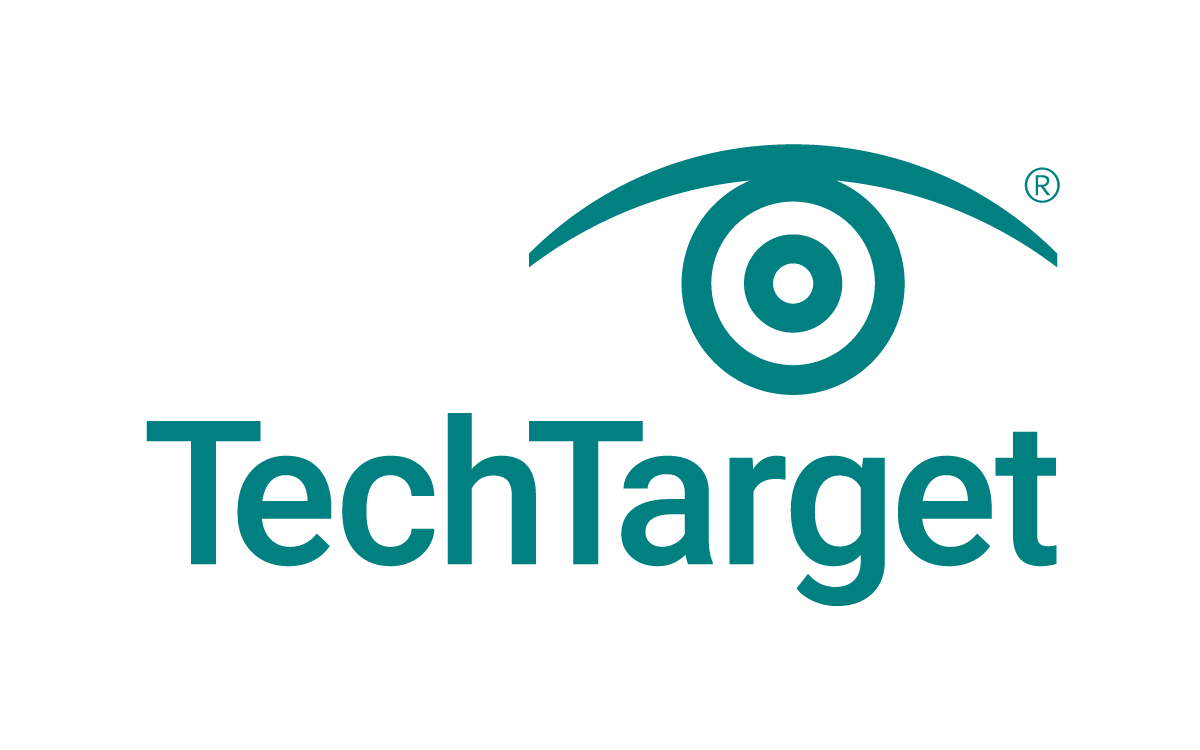
Extending Zero-Trust Principles to Endpoints
The first step in extending zero-trust principles to endpoints involves a thorough assessment of existing security systems. This process includes creating an inventory of all devices accessing corporate resources, both managed and unmanaged, and auditing the applications installed on these devices. Enforcing built-in security features, such as firewalls, access controls, and encryption, is crucial for managed devices. Additionally, removing persistent administrative rights and granting them only when necessary, can further reduce risk. This assessment helps organisations understand their current security posture and identify areas for improvement while also aligning with industry standards.
Integrating various endpoint security and management tools is essential for a robust zero-trust approach. Combining endpoint protection platform (EPP) with unified endpoint management (UEM) creates a unified endpoint security (UES) system, providing comprehensive visibility and control over managed endpoints. This integration enables continuous risk assessment and adaptive access control,
enhancing the ability to mitigate potential threats. Integrating identity and access management (IAM) and secure service edge (SSE) tools offers granular visibility into user and device activities, facilitating more thorough risk assessments and adaptive access controls.

Complete this form to
download the whitepaper
@techtarget